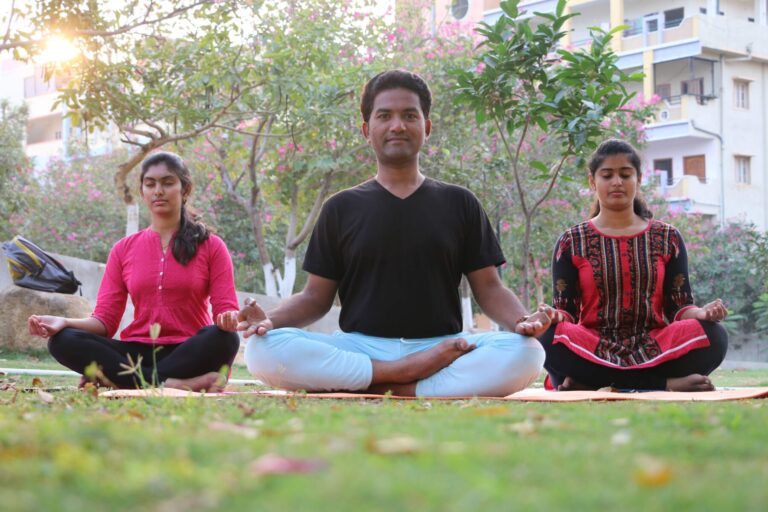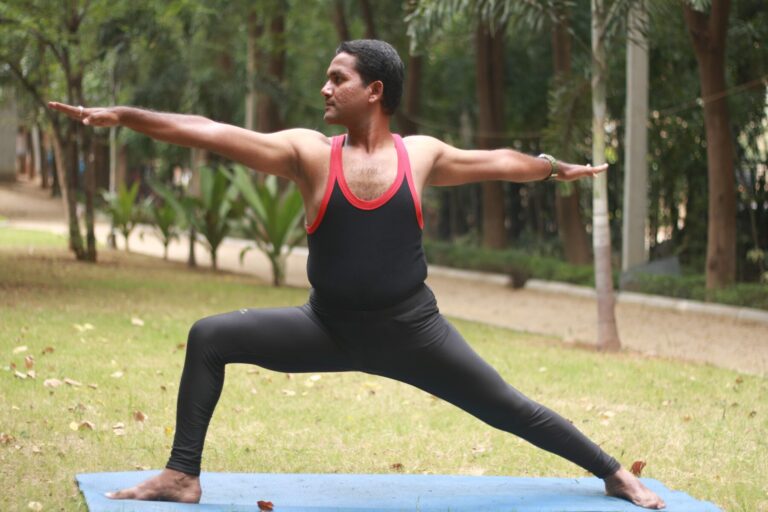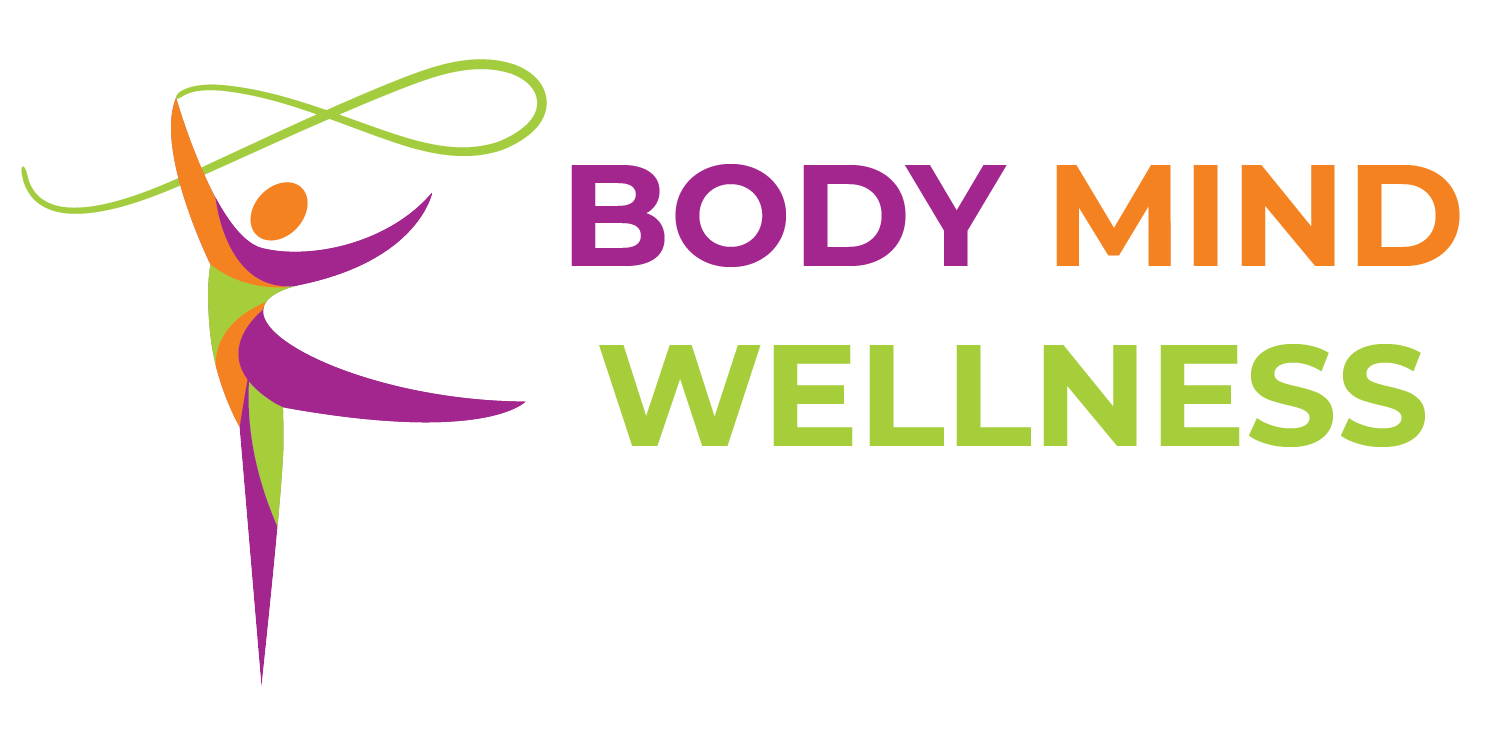yoga
programs
Foundation to Yoga (Beginners)
- The word yoga derives from the Sanskrit root ‘Yuj’ meaning to unite, or to connect. Yoga means communion of three bodies, It is the union between the individual self and the universal self.
- It is establishing oneness between the finite and the infinite, between the microcosm and the macrocosm, between the inner being and the Supreme Being. Such union oneness is experienced only when a higher state of consciousness is reached through the spiritual effort of yoga. There is Brahman (ultimate reality), which is advaita (non dual), eka (one-without-a-second), sanatana or nitya(eternal), avikari(changeless), sarvgata(all-pervading), achala (unshakable), sthanu (stable), gunatita(transcendental), and ananta (infinite).
- Yoga philosophy views an individual person as a whole being that includes his or her physical, mental, intellectual, emotional and spiritual nature.
- The approach of yoga is to unfold the real nature of self by bringing out all the best from within and to lead a finite human being towards the infinity. Yogic discipline enables one to differentiate between the ego and the true self through proper discrimination and right knowledge.
- The chief approach of yoga is that it envisages the fuller exploitation of one’s entire inner resources. As such, yogic discipline is an inward journey not dependent on any kind of outer aid. Its external techniques (only-so-called) are fully concerned with the body and partly with the mind, while its internal techniques are concerned partly with the mind and fully with the spirit
- We have seen that the preliminary objective of yoga is the purification of the body and the intermediate objective is the purging of mental impurities. When both the body and the mind are freed from defilements, consciousness becomes clear and pure

Introduction to beginners
Yoga for Intermediate Level

Customized yoga on disease based
“every individual body is different from other” Basing on physical and psychological body constitution yoga sequence and set of asanas will teach.
Short term yoga courses
Prayers

Yoga Principles and Philosophy

Asanas Practice

Pranayama Techniques

Mudras

Yoga Nidra

Meditation Techniques
Detox and cleanse yoga
Our body already has cleansing organs like the liver, kidneys and lungs. So you might wonder why you need to do anything to detoxify your system. The truth is that your body is working overtime to handle invasive toxins. They attack your system multiple times in multiple ways. Explore yoga to detox – it’s simple, effective and also free from side effects.
Yoga asanas improve blood circulation. This ensures a fresh supply of oxygen to different parts of the body.
Lung capacity increases. This enables full and complete inhalation and exhalation.
Digestion is regulated. The nutrients in food get properly absorbed and waste is regularly and efficiently disposed.

